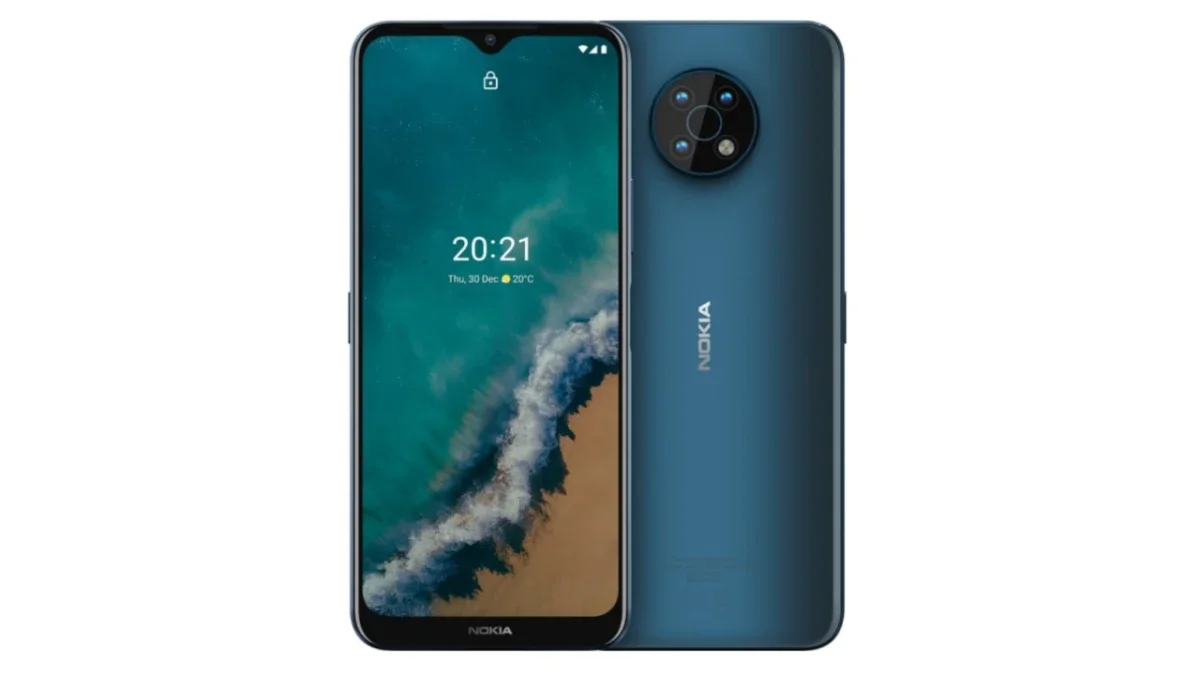Nokia manufacturer HMD Global is bowing out of the flagship race

HMD Global, which bought the license to the Nokia brand in 2016, is swearing off flagship phones for the foreseeable future.
The company last launched a true high-end smartphone, the multi-camera Nokia 9 PureView back in 2019. That itself was a delayed release date and late last year, the company backed off of its promise to update the phone to Android 11, and to make up for that, it offered a discount on another device.
Despite many rumors, we are yet to see a successor and it appears there won't be one.
High-end Nokia phones are off the table for now
Talking to Android Authority, HMD’s Head of Product Marketing Adam Ferguson had no qualms about admitting that making a premium $800 phone doesn't make sense for the company at the moment. He added that his company has no ambitions of engaging in a specs war with other industry players and prefer standing for something very different.
If you are wondering what that differentiator might be, look no further than the recent MWC conference where the company only announced affordable, 4G-only phones. The Barcelona trade show was earlier a place where the company held major product announcements. Before that, at CES, the company had revealed five sub-$250 phones, and only one of them is 5G-ready.
In mid-2018, Nokia was the eighth most popular smartphone vendor in the world, but sales started declining soon after. Right now, it's the 11th biggest vendor in terms of sales.
The situation has been getting better recently, with the company reporting that sales of smartphones increased 41 percent year on year in 2021. The last quarter of 2021 was HMD Global's most profitable quarter on record.
Still, the company believes it's best to focus on manufacturing feature phones and entry-level and mid-range handsets that are long-lasting and offer a multi-day battery life.
In an interview with the PA news agency, Ferguson said the company wants to "get the fundamentals right" and its newly revealed C21 Plus and C2 smartphones, which start at £100 (~$132) and £75 (~$99), respectively, are all about reliability.
It’s getting those fundamentals right and really establishing in our users’ minds what the value that a Nokia brings is. We don’t want to get caught up in this sort of arms race for spec that’s going on around the rest of the industry. There are plenty of other people that can do that – you want a few extra megapixels here at this price point or you want a few extra bits of frame rate on your refresh rate on your screen, fine, I’m sure there’s someone who can deal with that for you. But actually, you want a device that’s going to go the distance that you know you can rely on, with a lot of these fundamental principles done in the best way possible. That’s what we’re trying to stand for and bring back into the market again, and obviously, we’re served very well by the fact that that is a lot of what the Nokia heritage was about in the first place.
Ferguson has also attributed the recent impressive revenue growth to this new strategy.
They (the new phones) are less flashy and less exciting than some of what other people are turning up with, but at the same time this is going to be one of our various growth areas; people moving from feature phones into smartphones who are wanting something that’s really reliable. They are used to devices that really durable and robust that have batteries that last days, and we’re making sure that these devices deliver that in the smartphone category as well.
This isn't the first time that HMD Global has talked about sitting out the premium race. Late last year, the company said premium phones were out of reach and that it would concentrate mostly on €100 (~$109) to €200 (~$218) phones.
Follow us on Google News










![A new Android bug is making it impossible to install new apps. Are you affected? [UPDATE]](https://m-cdn.phonearena.com/images/article/176703-wide-two_350/A-new-Android-bug-is-making-it-impossible-to-install-new-apps.-Are-you-affected-UPDATE.webp)

Things that are NOT allowed:
To help keep our community safe and free from spam, we apply temporary limits to newly created accounts: